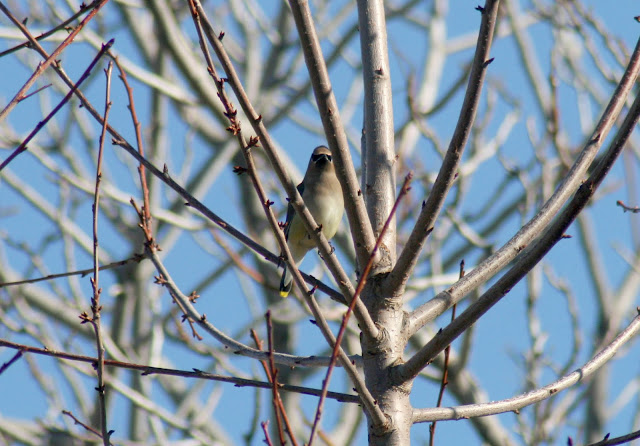 |
| Greater Yellowlegs |
Of course they both have long yellow legs for which they are named, their markings are almost identical, so how do you tell the difference? If you are lucky enough to see a Greater and Lesser together side by side you can see the Greater Yellowlegs are slightly bigger, but there are other markings that help ID Greater and Lesser yellowlegs.
 |
| Lesser Yellowlegs have a straight pointed bill. |
 |
| Greater Yellowlegs have a slightly upturned bill that is more blunt. |
Lesser Yellowlegs breed in open boreal forest with scattered shallow wetlands. Winters in wide variety of shallow fresh and saltwater habitats.
Greater Yellowlegs breed in muskeg, wet bogs with small wooded islands, and forests (usually coniferous) with abundant clearings. Winters in wide variety of shallow fresh and saltwater habitats.
Both actively feed wading in shallows foraging for aquatic and terrestrial invertebrates, particularly flies and beetles. Occasionally small fish and seeds.
 |
| Greater Yellowlegs with Winter Plumage American Avocets |
 |
| Lesser Yellowlegs with Long-billed Dowitchers |
Greater and Lesser Yellowlegs are my pick for Birds of the Month for January 2012
















